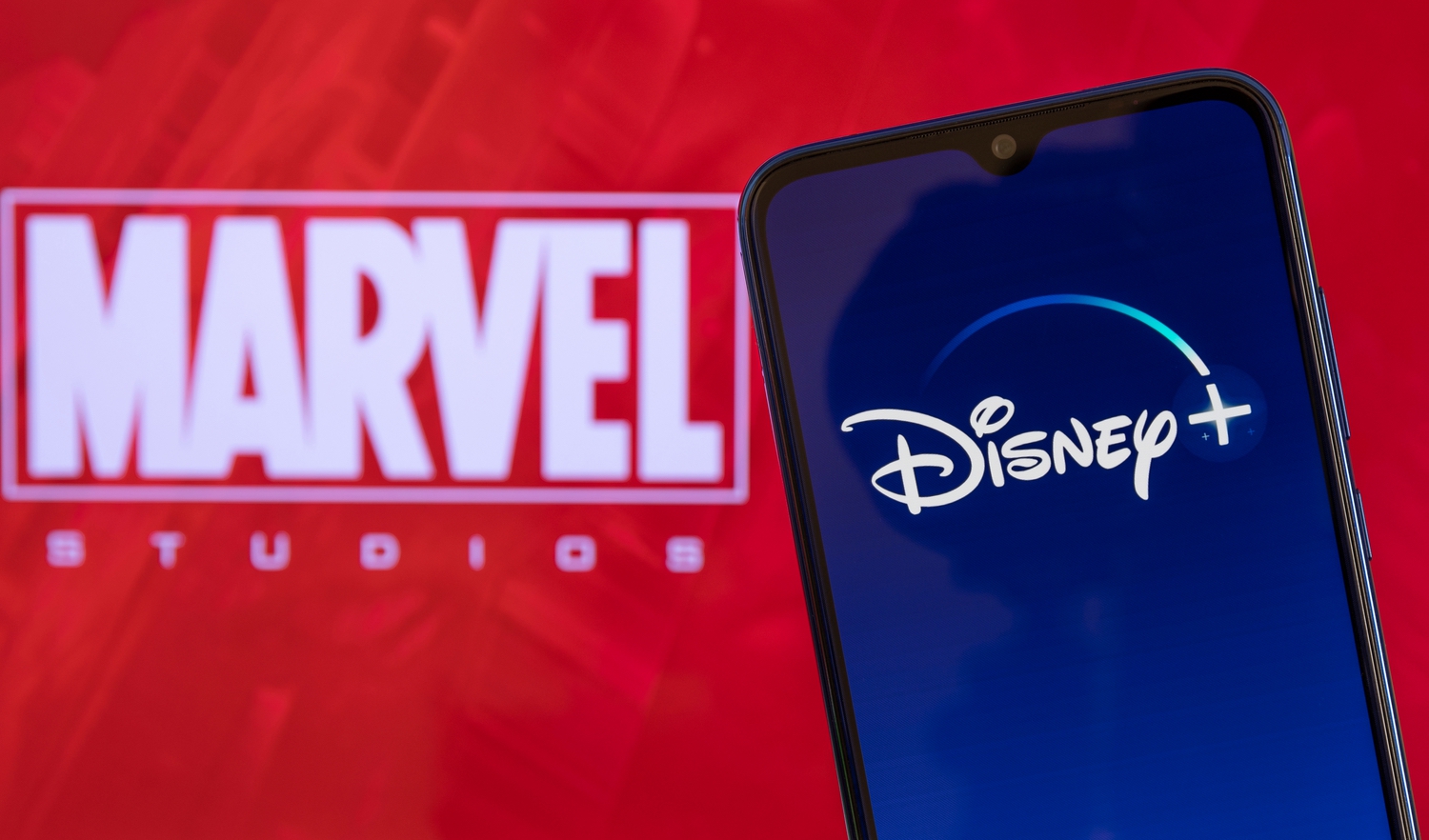

While tens of thousands of mergers and acquisitions take place around the world every year, some – due to their size – have had a lasting impact on the global economic landscape. AURIS Finance, a consultancy specialising in mergers and acquisitions, take a look back at some of the most significant transactions that have taken place around the world.
Have M&A transactions always existed? While some authors believe that a preliminary form of mergers and acquisitions existed in ancient times, the first large-scale operation took place in the modern era when the Dutch East India Company took over the Dutch West India Company in 1652. With the advent of industrialisation, the phenomenon intensified. Since then, mergers and acquisitions have become commonplace around the world. In the 20th and 21st centuries, the market became more structured and professional. It was during this period that the most spectacular transactions took place. At the end of the 20th century, these transactions were mainly in the oil, pharmaceutical, and telecommunications sectors, but later also in the entertainment and technology sectors.
Vodafone takes over Mannesmann for $202 billion
In 1999, Exxon initiated the acquisition of Mobil Corp for $85.6 billion to become the world’s largest oil company. In 2000, the US company Pfizer took over its rival Warmer-Lambert for $88 billion. This made it the world’s largest pharmaceutical company. In the same year, the British group Vodafone took over its mobile phone rival Mannesmann. The deal was worth $202 billion, making it the largest acquisition ever. In 2014, Verizon bought 45% of its subsidiary Verizon Wireless from Vodafone for €130 billion.
Time Warner and AOL, a $181 billion merger
Similarly, the merger of Time Warner and America On Line (AOL) in 2000 was valued at $181 billion. The internet service provider met the entertainment giant. Heralded as the ‘marriage of the century’, the deal was severely threatened by the bursting of the internet bubble. In 2009, Time Warner parted company with AOL. The company was then valued at $6.3 billion.
Disney takes over Marvel and reaps record profits
Some deals are much more lucrative than others. In 2009, after months of negotiations, Disney bought Marvel for $4.2 billion. Thirteen years later, Disney has made a profit of $13.3 billion, a gain of more than 216%. Disney continued its acquisition strategy and, in 2012, bought ESPN Star Sports, the broadcaster of the American baseball league. This acquisition enabled the American giant to rake in $26 billion in profits.
Another American giant that is adept at inorganic growth is Google, which took over Maps and also positioned itself on Android. Two major operations for the group that will allow Google to better compete with Apple’s iOS.
Get the support you need
Every acquisition is the result of a business strategy. Some acquisitions are undertaken to create new opportunities and strengthen a market, such as Disney’s acquisition of Marvel, while others are carried out to diversify an offering and address a wider market, such as Google’s acquisition of Android. These strategies are not only used by large companies and can lead to a quick return on investment. At AURIS Finance, our experts are specialised by sector and will accompany you throughout your transaction.


